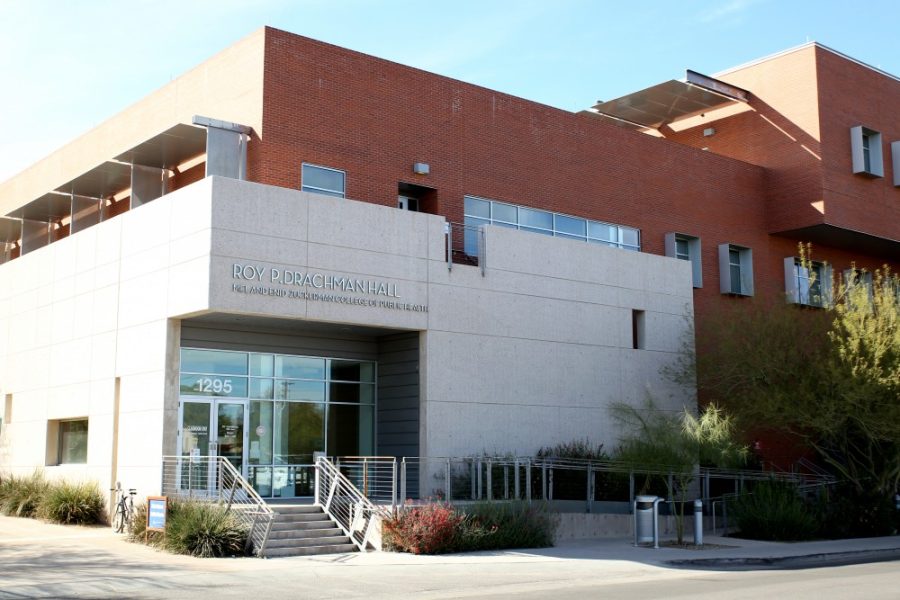The Health Resources and Services Administration recently awarded the Arizona Center for Rural Health a $1.5 million grant to provide assistance to rural hospitals in Arizona over the next three years.
This grant funds the Arizona Medicare Rural Hospital Flexibility Program, which includes 14 critical access hospitals across the state.
These hospitals are designated critical access because they are at least 35 miles from another hospital, have 24-hour emergency departments and have a certain number of Medicaid patients, according to Jill Bullock, the associate director of the Center for Rural Health.
This designation allows the hospitals to get “101 percent” funding from Medicare, which is “a little bit more of Medicare dollars than a pay-per-performance hospital,” Bullock said.
The grant also provides quality improvement for the hospitals that it is helping fund.
“Without those dollars, there wouldn’t be an Arizona Rural Hospital Flexibility program. We wouldn’t be doing this work,” Bullock said. “We don’t have the dollars to fund it remotely.”
The money for the grant comes from funds that Congress sets aside for the Flex Grant Program that goes to 45 state-designated entities throughout the country, according to Kevin Chaney, program coordinator in the Federal Office of Rural Health Policy of the Health Resources and Services Administration.
Chaney also said the amount of money the grant awards was established by another program related to a grant cycle from years ago.
This year’s grant is part of a competitive grant cycle. The next competitive grant cycle will be after the three years have passed.
In order to receive funding, the Center for Rural Health had to submit an application and a work plan detailing how the funds from the grant will be used, according to Chaney.
“Those sites that have been doing it for a while, like [the ones] we have in the Arizona Center for Rural Health, do well with these,” said Daniel Derksen, director of the Center for Rural Health and the principal investigator of the grant. “We have the experience, we have the personnel, we have the relationships with the critical access hospitals around Arizona.”
The years between the competitive renewal years are non-competitive, and require an adherence to the goals of work-plan for the grant.
To stick to this work plan, the Center for Rural Health gathers people from critical access hospitals across the state for meetings such as an annual summit where speakers help staff members with quality improvements and fiscal performance improvements, according to Derksen.
Supporting travel to and from meetings like these annual conferences is one thing that the grant can help fund.
The Center for Rural Health funds the transportation of consultants for financial and operational assessments and recommendations, as well as learning processes to do things more efficiently.
“These are pretty expensive tools that our branch helps bring to these hospitals that they would otherwise not be able to probably afford,” Bullock said.
The Center for Rural Health also helps rural hospitals work with the staff they have so that they can better understand changes to improve quality and health outcomes. It can sometimes be difficult to retain and recruit administrators, health providers and chief executive officers in these smaller communities, Derksen said.
“The rural hospital staff member wears three to four hats,” Bullock said.
Critical access hospitals can only have up to 25 inpatient beds, so the Center for Rural Health helps to aid these smaller hospitals by connecting them with resources and information about certain kinds of health professionals.
“We’re really trying to connect and support these critical access hospitals that serve a population that forms the critical fibers of a safety net to make sure that health services are available in remote areas, and make sure that these hospitals provide high-quality, cost-efficient care,” Derksen said. “We try to bring together and assemble the resources to assist these hospitals so they can continue to serve the communities and populations where they are located in rural Arizona.”
Follow Ava Garcia on Twitter.









